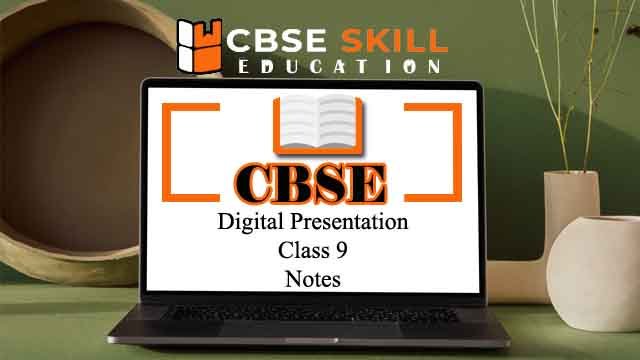Information Technology Class 9 Question Answer
Information Technology Class 9 Question Answer are a crucial resource. These inquiries and responses, which span a range of subjects from the IT curriculum ( NCERT Textbook ), are meant to aid students in developing a complete understanding of the material. The questions and answers are useful study tools for students since they allow them … Read more




